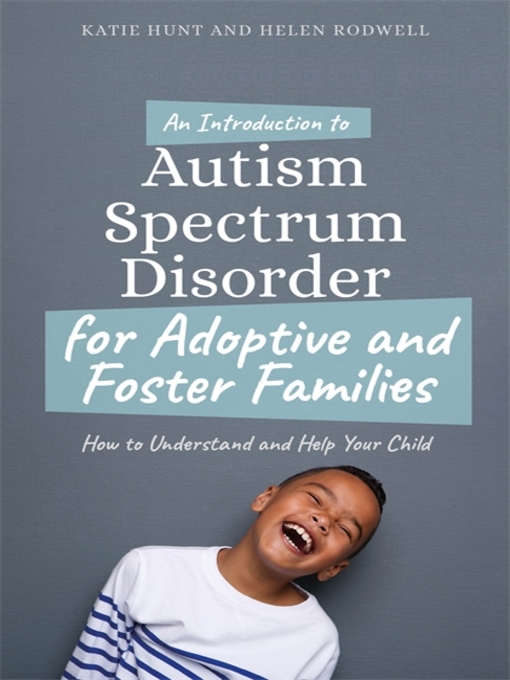Written for busy foster carers and adoptive parents, this book provides a concise introduction to Autism Spectrum Disorder (ASD), and how to support a child with a diagnosis. It emphasises the common strengths children with ASD have, as well as offering strategies for any behavioural issues that are likely to arise, highlighting how these can be exacerbated by the care system and adoption process.
The first part of the book looks at the different aspects of autism and the challenges it can pose for children and parents, providing strategies for managing difficulties at home and at school, using social stories, and reducing sensory input in a child's environment. The second part looks at issues that arise for fostered or adopted children, including placement transitions, contact, and explaining the past. It concludes with helping parents to think about self-care.
- Adoptive Parenting
- Resource (Foster) Parenting
- ORPARC and Community Partner Information Packets
- For Grandparents and other Kinship Caregivers
- Special Needs Parenting
- Child Development Stages
- En español
- Tribal Resources
- ORPARC Training Recordings
- Training recordings
- ADHD and parenting
- Difficult behaviors and big feelings
- Transracial Adoption
- See all

